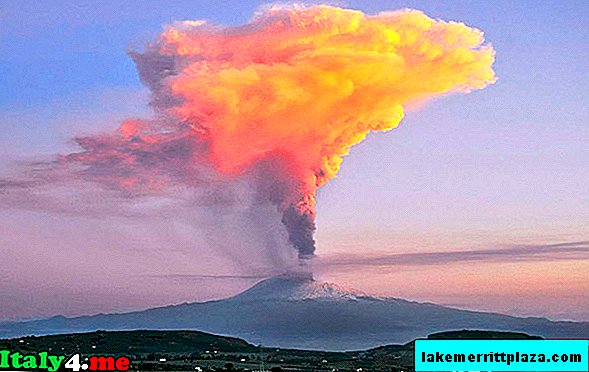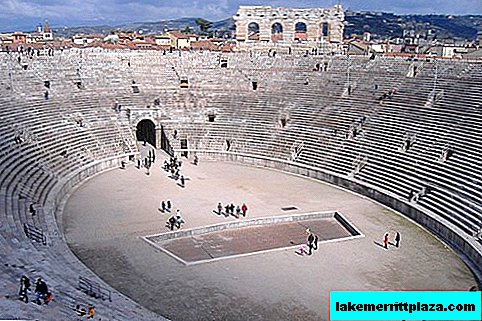According to Italian media, the volcano Etna, which is located on the island of Sicily, again shows signs of activity. On Monday, the National Institute of Geophysics and Volcanology of Italy recorded explosions and ash discharge in the southeastern part of the volcano, which, however, did not affect the operation of the airlines. Only the airport of the city of Catania (Catania) for safety reasons closed two runways.
Scientists and experts claim that the current activity of the highest volcano in Italy has not yet reached the level where it is necessary to fear for the locals. However, the National Institute of Geophysics and Volcanology notes that the two points where the explosions and emissions of ash occurred were connected into one crater. There, small eruptions of fiery lava were noticed.
Etna volcano, striking tourists with its height (3350 meters) and unusual beauty, showed signs of activity earlier this month. So, more than two weeks ago, local airports temporarily stopped working due to the large amount of ash emitted by the volcano. At the end of October, powerful Etna threw out ash clouds that hung for a long time over the neighboring settlements and cities of Taormina and Catania. But the seismic activity of the volcano at that time was slightly stronger than in recent days. Then the explosions and small eruptions of lava were accompanied by a minor but noticeable earthquake.

The most terrible and large-scale eruption of the highest volcano in Europe occurred on March 11, 1669. According to historians, Etna raged until the middle of summer or even until the end of autumn. The strongest numerous earthquakes formed near the city of Nicolosi a kind of cone, which to this day can be seen on one of the slopes of the volcano. It is believed that back in 1669, Etna volcano threw out at least 800 million cubic meters of deadly lava, which completely changed the configuration of the coast and claimed the lives of 20-100 thousand people.
Today, the media claim that Etna is not the only active volcano. So, in El Salvador, the old volcano Chaparrastica shows signs of activity, which carries a much greater threat than Etna, which is relatively calm today. Local authorities have already decided to urgently evacuate 2,200 local residents and have declared the highest - orange - hazard level in the region. Yesterday, the volcano, which last woke up in 1976, threw a column of ash, smoke and steam, 5 kilometers high. Doctors fear that such a mixture could cause serious respiratory infections, but so far only two people have turned to the doctors.
Volcanologists suggest that the eruption of the Chaparrastica volcano could lead to the so-called “volcanic winter. The most striking example of this phenomenon was the “year without summer”, which followed the powerful activity of the volcano Tambora on one of the islands of Indonesia in 1815. Then an extremely high amount of sulfur and ash fell into the stratosphere, which provoked significant changes in the climate of the region. Summer in 1816 never came. It was replaced by heavy rains and snowfalls, and in May there were completely freezes that completely destroyed the entire crop.
“A year without summer” had a strong impact on the global climate, lowering the annual temperature to 2.5 degrees Celsius, provoked a sharp increase in cereal prices, and also caused a terrible famine that claimed the lives of many.








